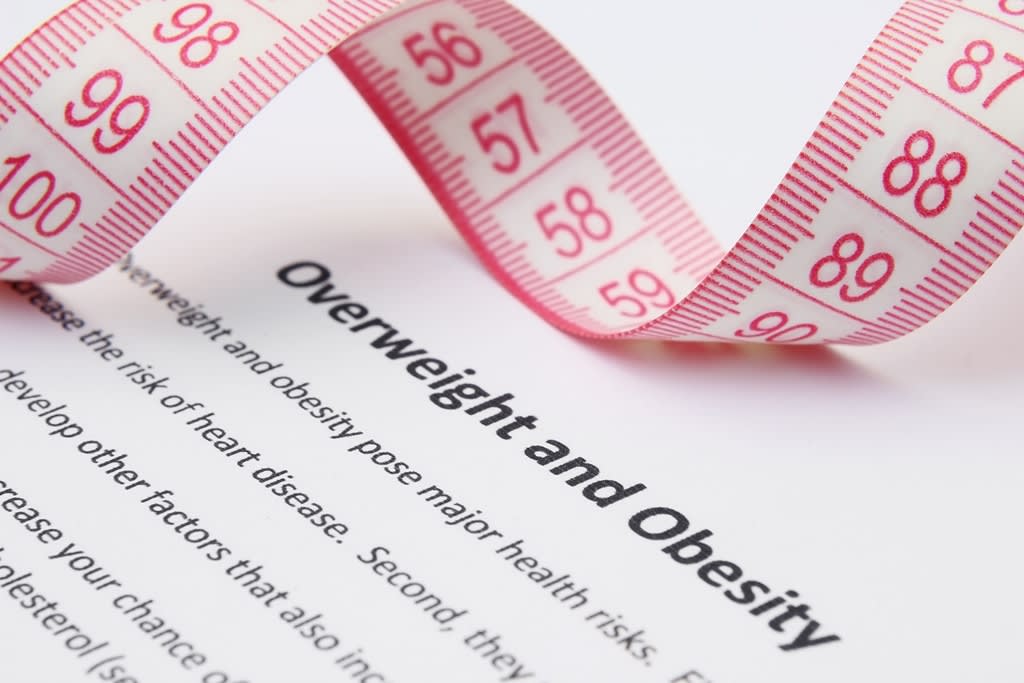The BMI, short for Body Mass Index, is an index used to measure our health risk by calculating height and weight. For the last 25 years, it has been used by most health providers and doctors to assess their patient’s health risks vis-à-vis their weight. But I am a BMI basher. We’ll get to that.
You weigh 176 pounds. Your BMI is 26.6. Your waist to hip measurement is 0.8. Your body fat is at 24%. What do you make of all this?
First, let’s deal with the number on the scale. It doesn’t tell you how much of that weight is because you’re big or small – framed (boned) and it certainly can’t differentiate between how much is muscle and how much is fat. It gives us a good idea about our health and weight, but it isn’t the whole story—at all.
– framed (boned) and it certainly can’t differentiate between how much is muscle and how much is fat. It gives us a good idea about our health and weight, but it isn’t the whole story—at all.
Numerous times I have witnessed my clients getting ready for a weekly weigh-in. They feel so much better about how their clothes fit (the belt went in a notch this week)…but the scale is still in the same place.
What happened? Muscle. It took the place of fat. And since it weighs more than fat, the scale didn’t move. Perhaps it evenwent up. But you look better.
Enter the BMI, touted as the more accurate way to assess one’s health and weight. It was devised around 1830 and is defined as the individual’s body mass divided by the square of his or her height and in 1927, it became a main measure of evaluation of one’s body mass. When you read the all-too-frightening statistics about how much of the population is overweight and obese, these are based on BMI readings. Here is how we interpret BMI results:
|
BMI |
Weight Status |
|
Below 18.5 |
Underweight |
|
18.5 – 24.9 |
Normal |
|
25.0 – 29.9 |
Overweight |
|
30.0 and Above |
Obese |
The BMI is very easy to use, and that is one of the reasons that doctors like to use it. But the accuracy of the BMI in terms of measuring overall health risk is questionable.
A 2010 study that followed 11,000 subjects for up to eight years concluded that BMI is not a good measure for the risk of heart attack, stroke or death. A better measure was found to be the waist-to-height ratio.
BMI is particularly inaccurate for people who are fit or athletic, as the higher muscle mass tends to put them in the “overweight” category by BMI, even though their body fat percentages frequently fall in the 10-15% category, which is below that of a more sedentary person of average build who has a “healthy” BMI number. Body composition for athletes is often better calculated using measures of body fat, as determined by such techniques as skin fold measurements or underwater weighing. The limitations of manual measurement have also led to new, alternative methods to measure obesity, such as the body volume index.
BMI also does not account for body frame size; a person may have a small frame and be carrying too much excess fat, but their BMI reflects that they are “healthy.” Conversely, a large-framed individual may be quite healthy with a fairly low body fat percentage, but be classified as “overweight” by BMI. A further limitation of BMI relates to loss of height through aging. In this situation, BMI will increase without any corresponding increase in weight.
The BMI doesn’t measure important aspects of healthy living. There is no calculation that includes how much exercise you do or whether or not you include healthful foods in your diet. A person with a 22-23 BMI may look good in the eye of the examining doctor, but if this person happens to have a fast metabolism, eats unhealthy food and doesn’t exercise, he may be a lot less healthy and much more at risk for sickness and mortality than a person with a 27-28 BMI who exercises daily and tries to consume healthy foods.
So unlike the impression given by our public health officials, BMI–though helpful–is certainly not the beginning and end all of measurements related to our weight and health. The best measure of how you are faring in health and weight loss may simply be how your clothes are fitting. New and more accurate measures that are not difficult to use are on the way. The bottom-line: If you keep doing what you need to in terms of proper eating and exercise, you will be doing wonders for your health.
Alan Freishtat is an A.C.E. certified personal trainer and a lifestyle fitness coach with over 16 years of professional experience. He is the co-director of the Jerusalem-based weight loss and stress reduction center Lose It! He can be reached at 02-651-8502 or 050-555-7175, or by email at alan@loseit.co.il.
The words of this author reflect his/her own opinions and do not necessarily represent the official position of the Orthodox Union.
